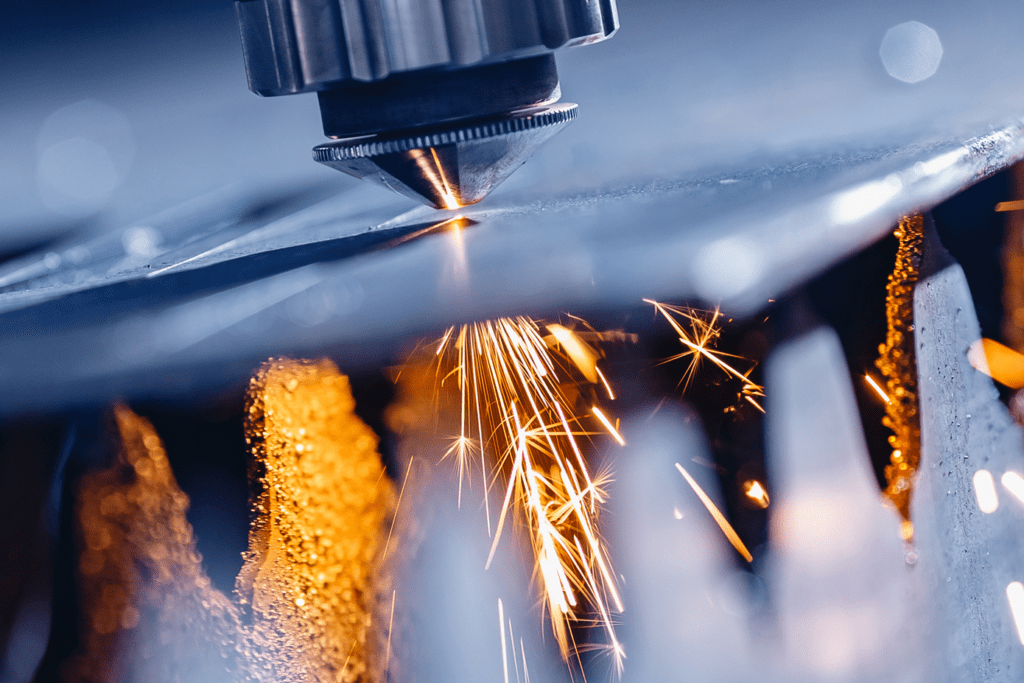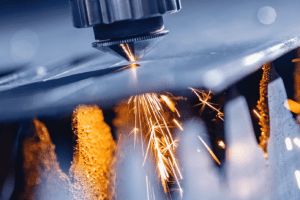You might talk to countless people within our industry and each would have different advice to offer on the topic of clean cutting and quality corners. It can be a relatively heated topic for such a seemingly straightforward issue!
However, there are things which can be done, myths to dispel and some smart ideas to share on the subject and at Selmach our industry knowledge, combined with the close relationships we enjoy with our customers enables us to provide a very useful guide that cuts (excuse the pun) to the heart of the issue.
The quality of your materials is vital
First and foremost has to be the factor of material quality, there is no getting around this one. Even the world’s best plasma metal cutter, in the hands of the most experienced operator will find it challenging to get the best results with sub-standard materials. Good quality materials are your perfect starting point, don’t settle for anything less.
Amperage and speeds
Slowing your Plasma down and increasing the machine’s amperage is thought by many to result in clean cuts and square corners, yet this is a misconception. Slowing speeds means that the arc spends more time in any given place, heating the material more. The longer that happens the harder the cut edge of the material gets and, if it’s harder, it also makes secondary operations more difficult. This technique causes greater nitriding along the cut edge which is a serious problem if there are plans to weld it or form threads in the plasma-cut holes. Experience has taught us that the lowest amperage you can possibly get away with, combined with the highest possible cutting speed yields the best results.
Edge hardness
This is a consequence of nitrogen, either as an 80% component of air or as pure nitrogen, being used as the plasma gas. Nitrides are formed in the cut surface to a depth of approx. 0.15mm and are very hard (upto 540 VHN). This thin layer is best removed by grinding the edge with eg a flap disc, or, if around a hole, with a solid carbide rotary burr. Nitriding can be completely eliminated by use of oxygen as a plasma gas but this requires machine and torch to be specifically designed for this gas.
Hydrogen embrittlement of the edge can also be a problem and can result if cutting under water.
Edge squareness
This feature is affected by both direction of travel of the torch and by torch height. Swirling of the gas in the torch head, generally clockwise, results in the best cut being to the right side of the torch with respect to its direction of travel. Thus, the outside of the part is best cut with the torch going around it clockwise, with any internal features cut with the torch going anti-clockwise.
Torch height also affects squareness. Torch too low results in the exit side of the material being cut away more than the entry side (negative cut angle) with the torch too high resulting in the opposite effect (positive cut angle).
For more help and guidance feel free to contact our sales team who can advise you on how to get the best results for your business.
Published 30th March 2020


